What Weeds Are Really Trying to Tell You About Your Soil – How These 11 Wild Garden Guests Can Help You Assess and Improve Your Yard
They might seem like a nuisance, but don't underestimate the importance of weeds as a soil indicator. Here’s what 11 common garden weeds can tell you about your soil – and what to do next

Amy Draiss
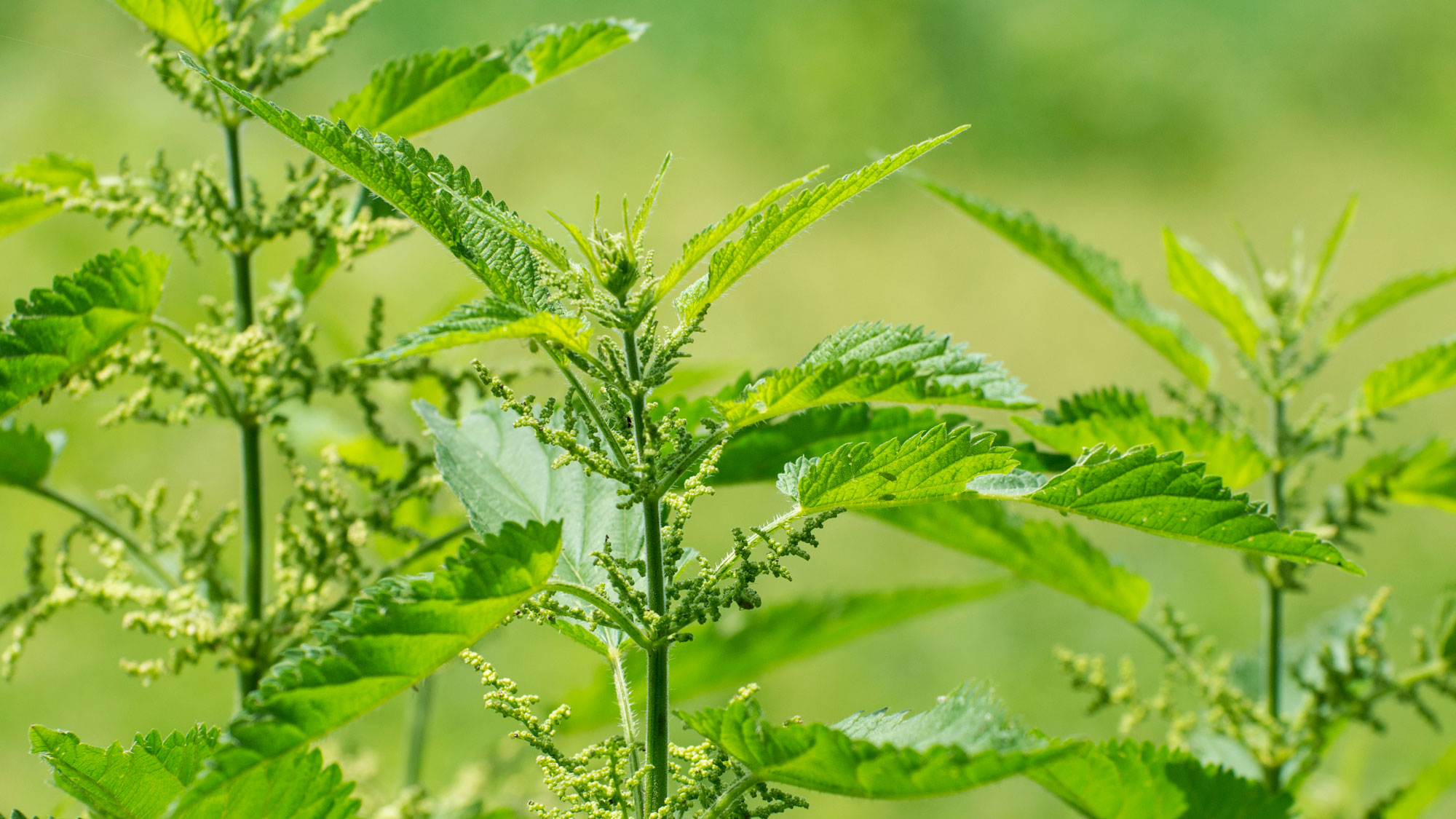
Anyone with a garden is used to matching plants to cultural conditions. This is because we understand that plants only grow in sites that provide the conditions they need. It’s a mistake to plant sunflowers in shade or blueberries in alkaline soil, for instance. But did you know that the same principle applies to weeds? A weed species only grows in a spot that offers the particular conditions it needs to grow. And while we think of weeds as freeloaders that aren’t fussy about where they pop up, they actually do have preferences and tend to adhere to them faithfully.
So you can use weeds as a soil indicator, revealing hidden secrets about conditions underground, from moisture to pH to nutrient deficiencies and excesses. Indicator weeds are weed species that thrive in a particular soil or site conditions and point to them. Using common garden weeds as soil indicators, the very presence of those weeds in particular parts of your yard can help you to read soil health and identify problems with a view to addressing and amending them.
Think of weeds as soil whisperers – unearthing the very secrets of the earth. From plantain to clover, every plant that pops up uninvited can show you something about soil drainage, fertility, structure, pH and nutrient balance. So what are your indicator weeds telling you about your garden? Here’s how to decipher what weeds say about your soil (and by extension, garden health) – plus, how to take action to create richer, balanced growing conditions for the plants you actually want to grow.
Why Weeds Reflect Soil Conditions
Weeds seem to sprout up everywhere, conveying a sense of being indiscriminate (and relentlessly so). But depending on the weed, and the nature of that weed, it’s often only a particular soil type that will do. Weeds and soil have a unique relationship. Every species of weed has particular soil needs, which is why we can talk about weeds as soil indicators. If a certain type of weed appears in large quantities in a part of your garden, it’s often a clear indication as to certain key features going on underground – and one of the most reliable ways to ascertain issues such as compaction, moisture-retention and the level of fertility (or lack thereof).
So using weeds as indicators of soil conditions can be highly instructive. Yes, it’s always a good idea to follow your findings up with secondary measures, but as a first line of inquiry, weeds are straight, direct, and easy to read. Often, we make the classic weeding mistake of ignoring weeds for weeks at a time, and obviously I’m not saying you should simply leave them be. Of course, it’s important to manage their numbers, whether that’s by organic means or by pulling weeds out. But before you do that, it’s worth considering their location, and the nature of the spot they grow in.
For example, have you seen a large dandelion colony growing on your lawn this year? Dandelions have deep taproots, so when large amounts of these weeds appear, it could be a sign that your soil is too compacted to hold water and nutrients. Note, though, that sometimes a weed’s presence indicates something good about the soil too. For example, some weeds like chicory and oyster fern only grow in fertile soil.
Common Indicator Weeds and What They Signal
There are thousands of different weed species, but some are so common that almost every gardener has seen them. The real blessing of understanding how weeds and soil pH, moisture level, structure and nutrient load are linked is that this knowledge can be used to amend problem areas and supercharge your soil with treatments, mulches, cover crops, and so on. By changing the condition, you not only create better soil for your preferred plants, but in several cases, you can also get rid of the weeds in question without needing to use any chemicals at all!
Sign up for the Gardening Know How newsletter today and receive a free copy of our e-book "How to Grow Delicious Tomatoes".
Before you take action, make sure you have properly observed weed patterns, not one-offs: One plant here or there isn’t a diagnosis. Look for clusters and repeated appearances through the season. Then verify with a soil test. This is essential when weeds hint at low calcium (dandelion, wood sorrel), low nitrogen (black medic), or nutrient imbalance (quackgrass). A soil meter such as the Raintrop 4-in-1 Soil Moisture Meter from Amazon can also confirm suspicions about compaction, drainage, and so on. In tandem with your soil meter, use this shortlist of common weeds to gain valuable insights about your planting conditions.
1. Dandelion
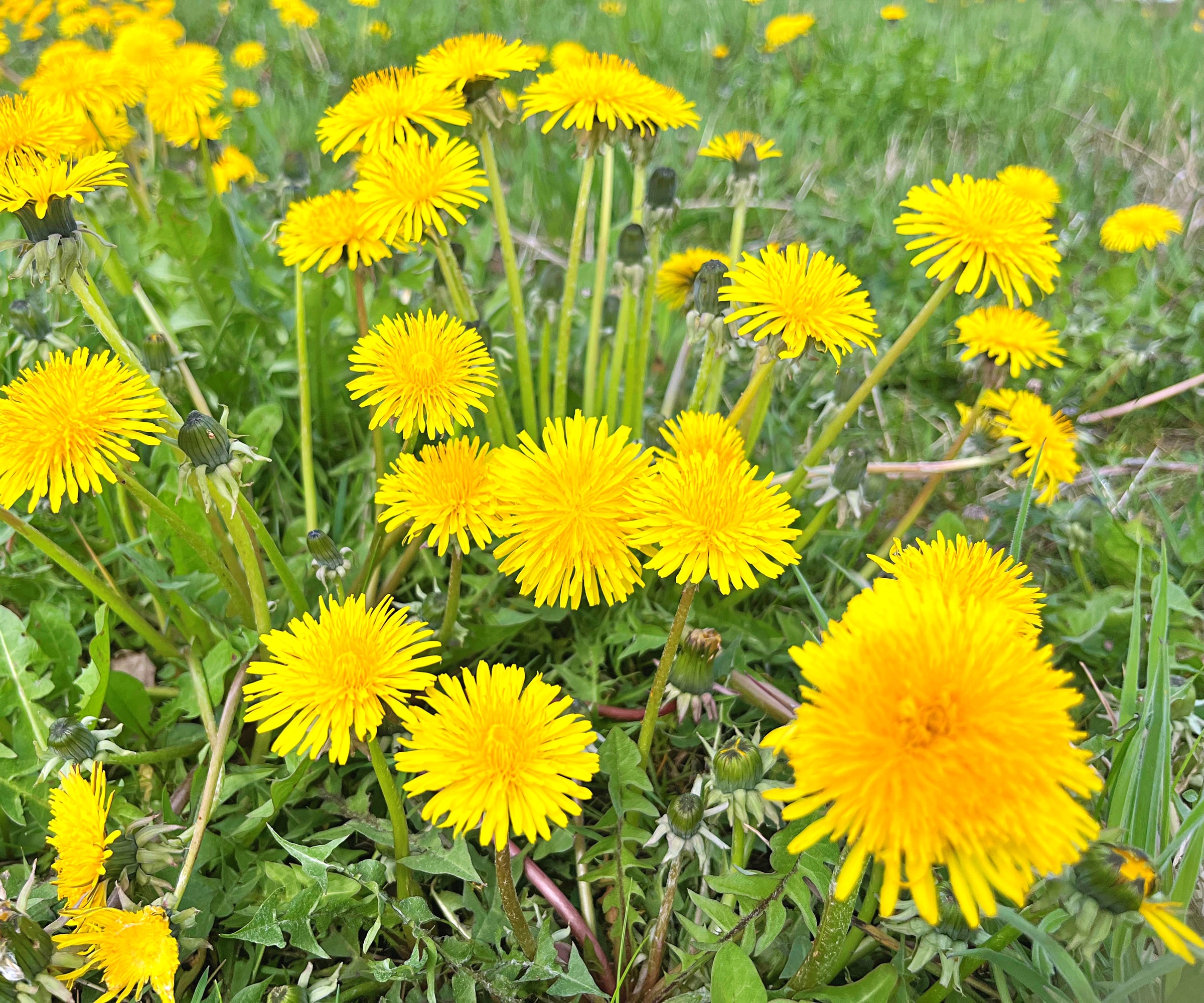
The presence of this bold yellow weeds will rarely make your spirits rise, but it could be an interesting omen of particular soil conditions that need attention. Indeed, the presence of dandelions (Taraxacum officinale) can often indicate compacted soil that’s short on air and water. These common garden weeds, often seen along paths and across worn turf, are also often associated with low calcium availability.
If a soil test shows low Ca and acidic pH, apply calcitic lime. To address the effects of compacted soil, core‑aerate afflicted areas to relieve compaction. Use a core-aeration tool like the Walensee Lawn Coring Aerator from Amazon to reduce soil compaction, then topdress with compost.
2. Moss
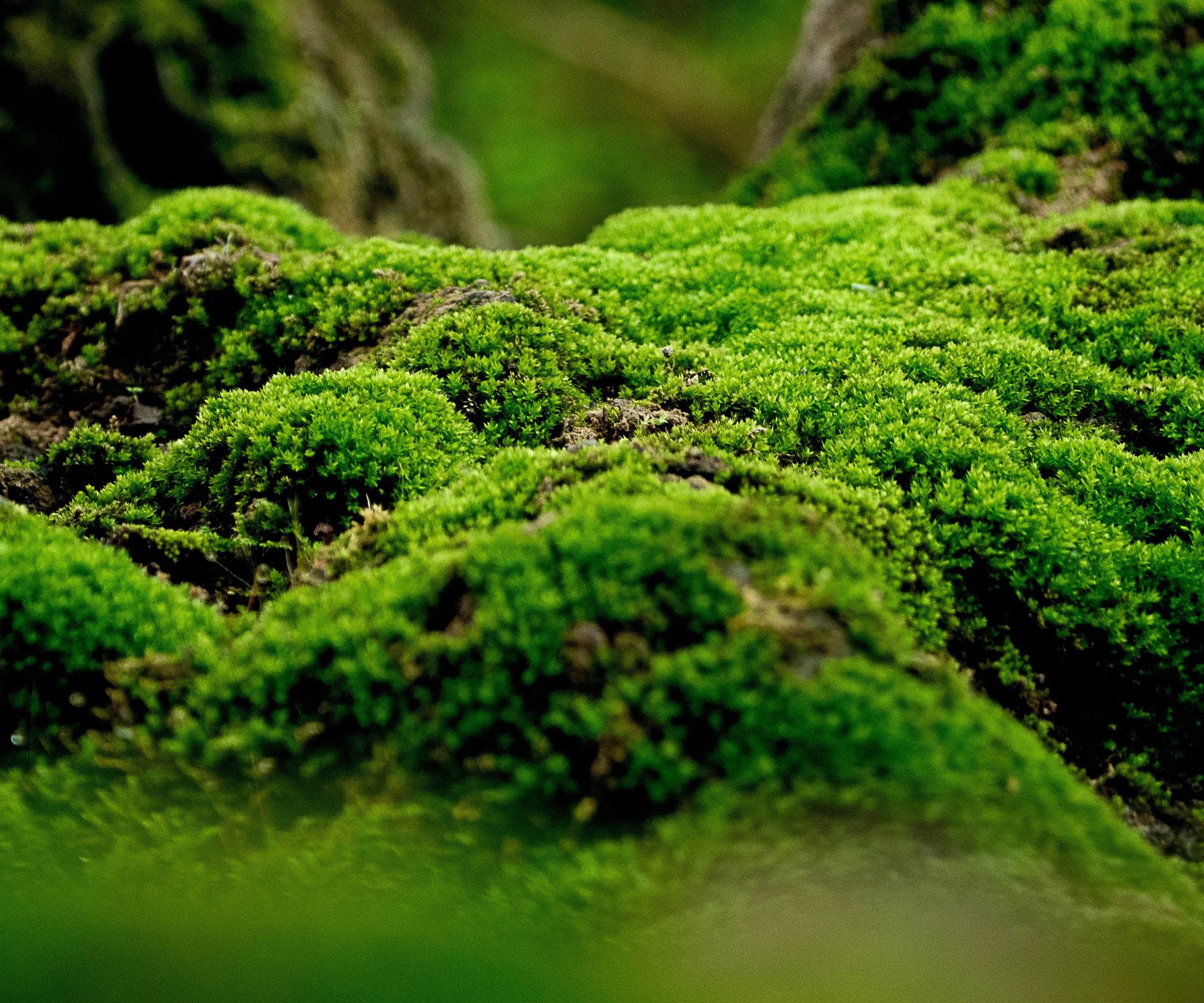
The presence of various types of moss is usually synonymous with shade and moist condtions. Moss (various species) tends to denote unfavorable lawn conditions, typically moist, soggy or poorly drained, as well as compacted and low‑fertility soils. In tandem with this, moss can often also indicate a low soil pH (tending acidic).
You’ll tend to see moss in shady, soggy corners of the garden or in spots where grass has thinned out. Based on a soil test and the types of plant you are looking to grow in particular areas of the garden, it’s then advised to amend soil pH, and boost fertility with some aged compost or organic material. Again, using a core-aeration tool to relieve compaction and drainage will also be beneficial.
3. Mustard
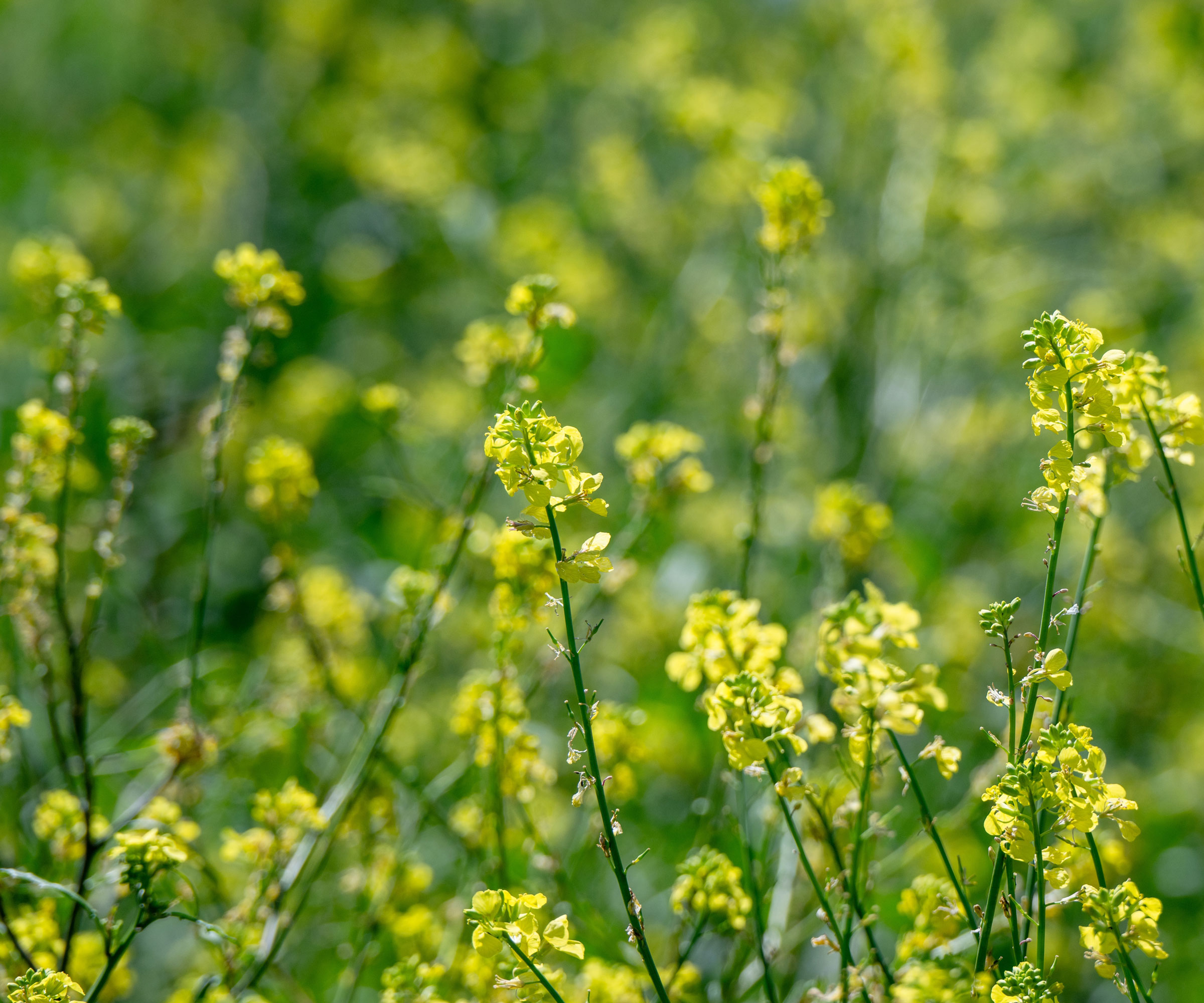
Sightings of mustard (Brassica spp., including wild mustard) generally occur along field edges and roadsides, but you may also see them pop up in newly worked beds in gardens. Wild mustard is sometimes associated with nutrient-poor and sandy spots, but that is not necessarily the case. Heavy soils and clay soils are similar hot spots.
The presence of thriving mustard plants in your yard does indicate that the soil surface has been recently exposed or disturbed. To counter this, it’s a good idea to give the soil a protective layer, either via cover crops or with a well appointed organic mulch. Try Brut Organic Aspen Mulch from Amazon to protect beds and borders and to support recent plantings.
4. Ostrich Fern

If I tell you that the presence of ostrich fern (Matteuccia struthiopteris) indicates good news for gardeners, you might not believe me, but it’s true. This is one weed that you should feel blessed to spy, because it denotes moist, humus rich and exceptionally fertile planting conditions. While often associated with woodland swales and stream banks, seeing ostrich ferns will be especially good news for shade gardens. Leverage this fertility for other shade lovers and maintain even moisture and organic matter.
5. Wood Sorrel

Anyone with experience of foraging will have spotted some variation of sorrel, but wood sorrel (Oxalis spp.) can also crop up in certain garden corners. Indeed, this weed is a classic sign of low calcium and relatively high magnesium in soils. It can present itself in lawns and beds with imbalanced soil chemistry.
Where you catch a glimpse of wood sorrel, double check with your soil meter and correct the Ca:Mg balance, while maintaining steady fertility. You can add a little Earth Science Fast Acting Gypsum from Amazon to condition the soil and improve calcium levels in an organic way.
6. Oxeye Daisy

Oxeye daisy is one of the prettier weeds, if you will, and you might not mind its innocent-looking flowers, but it can also tell you something interesting. Generally, the appearance of oxeye daisies (Leucanthemum vulgare) signifies poorer soils and disturbed sites. They often appear in pastures and meadows.
There is a little dissent about whether oxeye daisies are tied to acidic soils. Some experts believe they are, but others maintain they thrive best in neutral pH conditions (6.5-7) and aren’t a reliable sign of acidity in isolation. If in doubt, use a soil meter to check. Depending on what you want to grow, you can reduce acid levels in soil by adding some lime or wood ash, and build soil fertility with some aged compost or organic material.
7. Plantain

Another common weed that can indicate acidic soils is plantain (Plantago spp.). Plantain is also associated with low fertility and soil compaction, as well as heavier (possibly claggy clay) soil conditions. You are most likely to see plantain along hard-packed paths and thin lawns.
To rectify the issues, use a core-aeration tool to reduce the presence of compaction, followed by a topdressing of compost. If you see plantain in areas where lawns are thin, it’s also a good idea to overseed to thicken the turf. Try Scotts Turf Builder Thick’R Lawn from Walmart to give lawns a boost and condition the soil in one go.
8. Creeping Charlie

Ground ivy or creeping Charlie (Glechoma hederacea) has a strangely pleasant character as weeds go, with its scalloped leaf edges and minty aroma. However, as far as soil health goes, it also signifies poor drainage in shade, as well the likelihood of compacted, low‑fertility turf.
You may see it nestled in shady spots, along fences or in damp areas of lawn. It’s often an indicator that soil drainage is not great. Use a core-aeration tool to address this. Following a soil test, it’s worth fertilizing the soil or lawn to favor grass density.
9. Black Medic
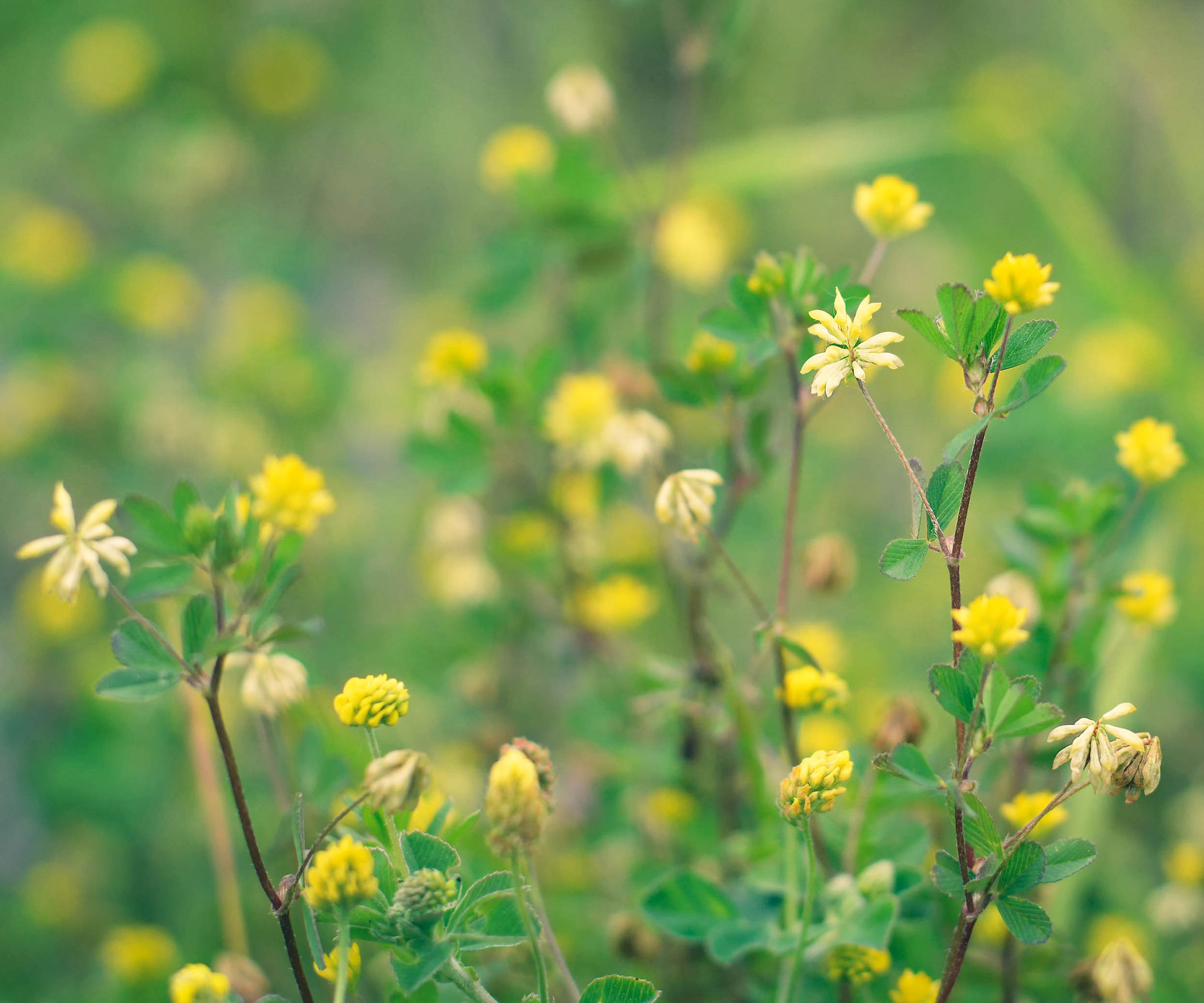
Black medic (Medicago lupulina) is another of those common garden weeds that is often accompanied by bright yellow flowers as well as trifoliate leaves, and a little care may be needed to identify it as it can often be mistaken for oxalis or clover. However, having identified black medic in your garden, it’s usually a sign of dry growing conditions, stressed lawns and low nitrogen fertility.
Where you see black medic alongside dry, thin turf, take a soil test first, but it’s generally a good idea to replenish your turf by overseeding and feeding. Water deeply but less often to encourage deeper roots.
10. Quackgrass

Also known as couchgrass (Elymus repens or E. repens), this weed can look rather lush in appearance. Quackgrass, which spreads rapidly, is connected with nutrient imbalances in the soil, although obviously this needs to be corroborated with a meter reading. The presence of this weed denotes high potassium and manganese with low phosphorus and calcium, but it tolerates many soil types and drainage classes.
Although it is commonly seen in fields, its presence in gardens is usually found where there are thin patches in lawns. Following a soil test, correct any nutrient imbalances. You can also encourage denser turf in patchy spots by applying a lawn dressing such as Wonder Soil Top Dressing Lawn Repair from Amazon for thicker grass.
11. Stinging Nettle
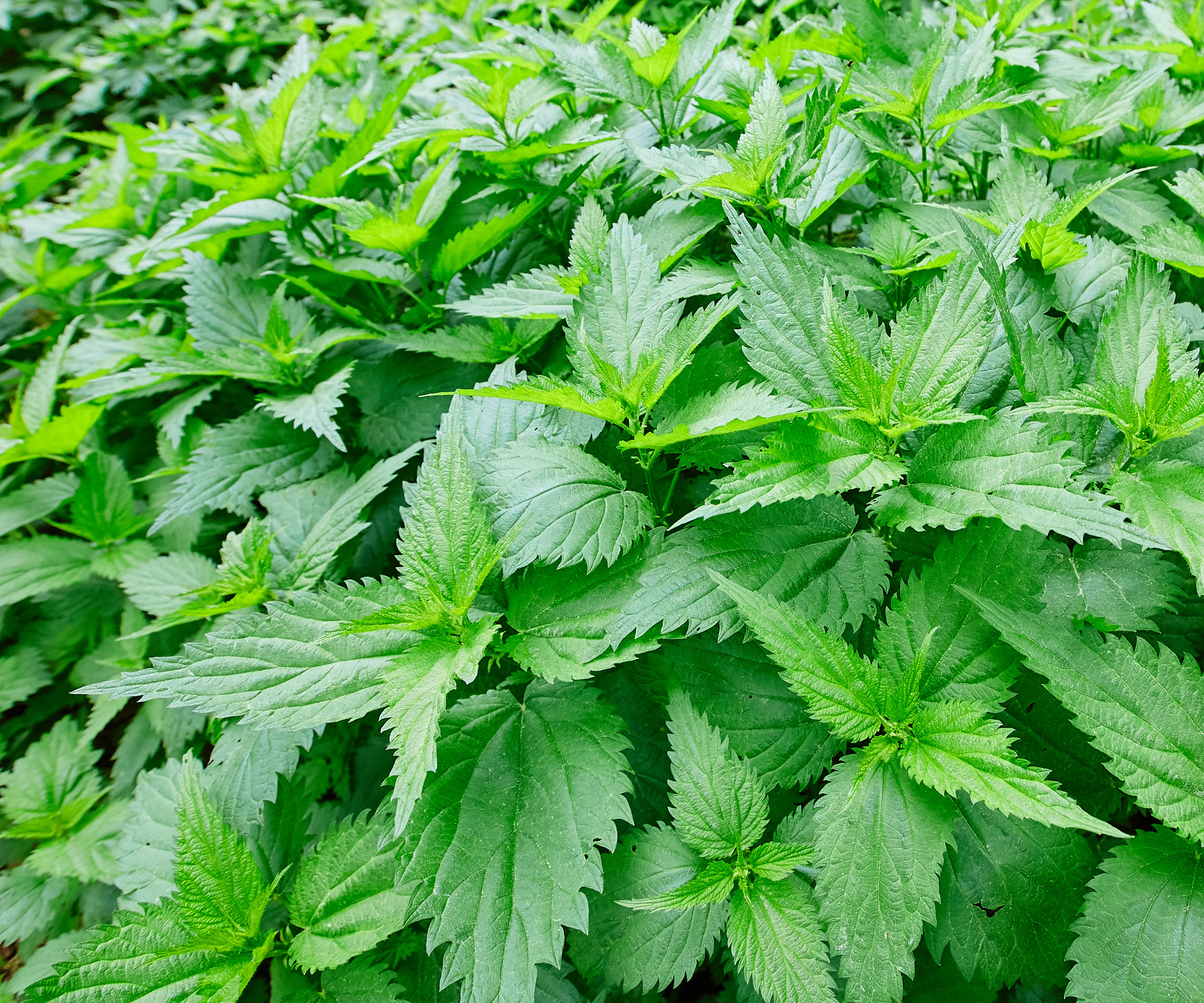
The presence of stinging nettles (Urtica dioica) may not be good news for exposed shins, but it’s actually great news in terms of soil condition. Where you find it lurking in damp spots and compost-adjacent areas of the garden, it is generally a sign that the soil is high in nutrients, particularly nitrogen. Little wonder, perhaps, that nettles are often used crushed up and brewed into a fertilizer.
So if you do spy some stinging nettles around the edges of your yard, you can at least be sure that soil fertility is in a pretty good state. Depending on light exposure, you should harness this goodness by planting hungry ornamentals or larger, heavy-feeding crops in situ. Alternatively, keep a contained patch aside for composting.
Improving Soil Based on Weeds
Once you have identified your weeds and know a little more about what it might indicate about your soil health, adapt this simple three-step, test‑first approach to your particular needs. Base this approach on the proliferation of the weeds, nearby plants you wish to keep, and what you would like to grow next year. However, fall is a great time to make soil amendments that have time to settle in before the next gardening calendar year. By changing conditions underground, you not only create better soil for your preferred plants, but you can also get rid of some of the weeds. So if you use this time wisely to reinvigorate the soil, you will be thanking us later!
- Fix physical issues first: Many indicator weeds point to compaction or drainage problems. Core‑aeration relieves compaction. Test drainage with a simple percolation (perc) test, which checks to see how fast water drains through the ground. Roughly 1in (2.5cm) per hour is acceptable, but less than that suggests poor drainage. Use an aeration tool such as the Coring Tool and Plug Aerator from Amazon to help relieve soil compaction. Address with organic matter, grading or subsurface fixes, and follow with compost topdressing.
- Adjust chemistry thoughtfully: Depending on the findings of your soil meter test (as well as any weeds present), you can apply lime or sulfur to increase soil alkalinity or acidity respectively. For example, if tests show low Ca with acidic pH, use calcitic lime – especially where dandelion or wood sorrel is rampant. If nitrogen is low and black medic is everywhere, you can boost nitrogen (N) levels and overall turf vigor. Use CZ Garden Organics Organic Dolomite Lime from Walmart to safely stabilize soil pH where you suspect you need to raise the soil pH (in other words, make it less acidic, more alkaline, or reset to neutral).
- Strengthen your plant community: Healthy, dense plantings make it harder for weeds to move in. For lawns, mow higher, overseed thin areas, water deeply but infrequently, and fertilize according to the season and a soil test. In beds, keep soil covered with a good mulch or living cover to reduce disturbance that favors colonizers like mustard. An absolute favorite for the Gardening Know How team is Back to the Roots Organic Premium Mulch from Amazon, which protects bare soil, retains moisture levels, improves soil structure, conditions the earth in a gentle, slow-release way, and as a bonus, suppresses future weeds.
Need more ideas for getting the most from your plants, indoors and out, and looking for the best seasonal expert advice delivered straight to your inbox? Sign up for the free Gardening Know How Newsletter!

Teo Spengler is a master gardener and a docent at the San Francisco Botanical Garden, where she hosts public tours. She has studied horticulture and written about nature, trees, plants, and gardening for more than two decades, following a career as an attorney and legal writer. Her extended family includes some 30 houseplants and hundreds of outdoor plants, including 250 trees, which are her main passion. Spengler currently splits her life between San Francisco and the French Basque Country, though she was raised in Alaska, giving her experience of gardening in a range of climates.
- Amy DraissDigital Community Manager